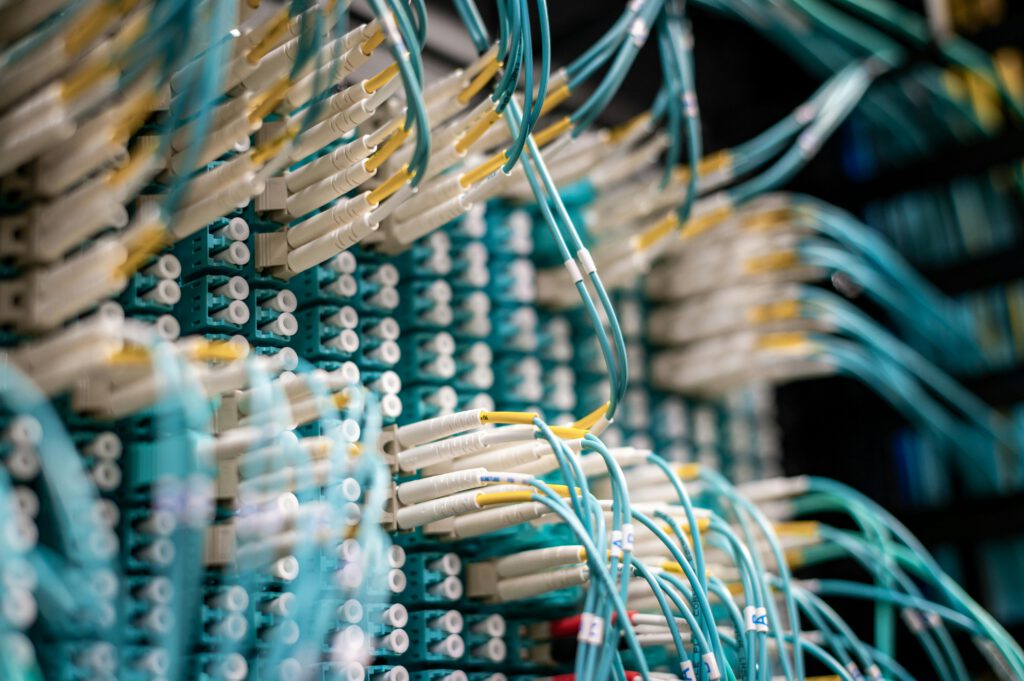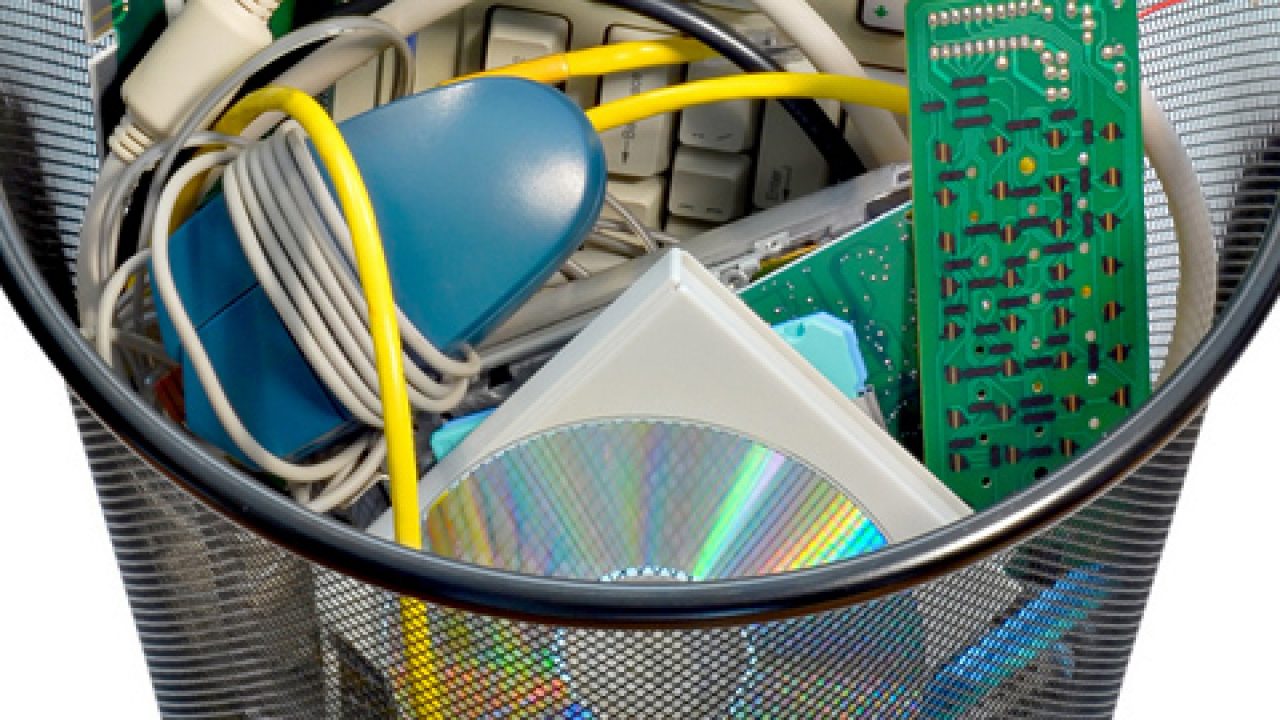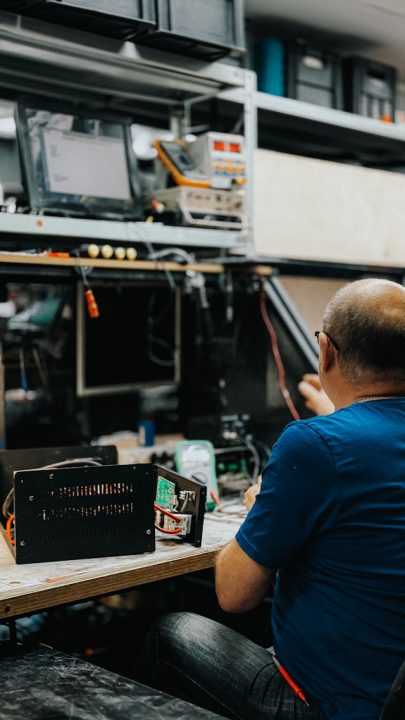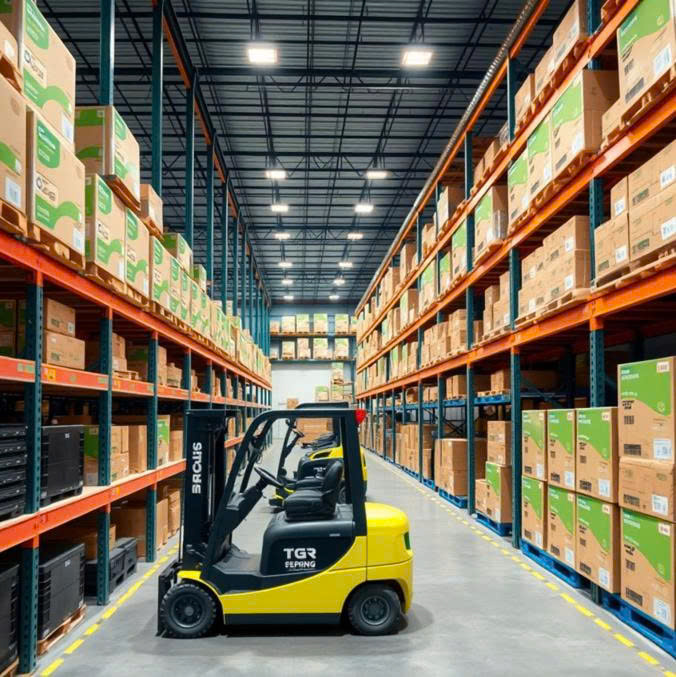In the world of enterprise IT support, two common models often serve end-users: local helpdesk support and deskside (on-site) support. While both play crucial roles in maintaining operational continuity, deskside support provides a level of service that local helpdesks often can’t match—especially in high-demand or high-impact environments.
So, what makes deskside support a better option in many scenarios? Let’s break it down.
1. Faster Resolution for Hardware Issues
Deskside support involves physically present technicians who can immediately troubleshoot and fix issues related to hardware—monitors, docking stations, peripherals, printers, or faulty cables.
A local helpdesk (even one based in the same city or building) often relies on remote tools and user descriptions, which can slow down diagnosis and resolution.
🔧 Example: A user’s laptop won’t boot. A deskside technician can open the device, check physical components, or swap hardware instantly—something a helpdesk can’t do remotely.
2. Improved User Experience
Deskside support creates a personal, face-to-face interaction that builds user confidence and satisfaction. Many non-technical employees are more comfortable explaining problems to someone in person than over a call or chat.
🙋 Human touch matters—especially during stressful issues like system crashes, access problems, or onboarding new devices.
3. Quicker Onboarding and Deployment
Need to set up 20 new employees in a day? Deskside teams can:
- Unbox and set up hardware
- Configure user profiles
- Connect users to networks
- Provide a quick walk-through
Helpdesks can only assist once the system is already operational—so deskside support closes the gap between delivery and productivity.
4. Support for Non-Standard Devices
Off-the-shelf systems might be manageable remotely, but custom-built machines, test devices, legacy systems, or specialized peripherals often require physical interaction. Deskside support can handle these seamlessly.
5. Minimized Downtime
When every minute of downtime matters—especially in trading floors, hospitals, or manufacturing facilities—waiting for remote triage isn’t practical. Deskside teams can step in immediately, replace components, and get users back online faster.
6. Better Support for VIPs and Executives
Senior leaders expect fast, discreet, and high-quality support. Deskside technicians can prioritize VIP users, deliver hardware replacements directly to their offices, and resolve issues before they escalate.
7. Efficient Asset Management
Deskside teams can physically track, update, and audit IT assets regularly. They handle tasks like:
- Equipment swaps
- Warranty checks
- Asset tagging
- Retrieval of decommissioned devices
This reduces ghost assets and keeps inventory accurate—something a helpdesk typically can’t enforce.
When Deskside Beats Helpdesk
| Scenario | Helpdesk | Deskside Support |
|---|---|---|
| Hardware failure | ❌ Limited | ✅ Immediate fix |
| User training or guidance | ⚠️ Less personal | ✅ In-person assistance |
| Large onboarding events | ⚠️ Indirect | ✅ Efficient setup |
| Custom or legacy devices | ❌ Often unsupported | ✅ Hands-on support |
| VIP support | ⚠️ Standard queue | ✅ Prioritized response |
| Downtime-sensitive areas | ⚠️ Slower | ✅ Rapid recovery |
Final Thoughts
While helpdesks are efficient for common issues and remote support, deskside support delivers unmatched value in scenarios requiring speed, precision, and a personal touch. For enterprises that prioritize end-user productivity, high availability, and premium support, deskside support isn’t just better—it’s essential.








